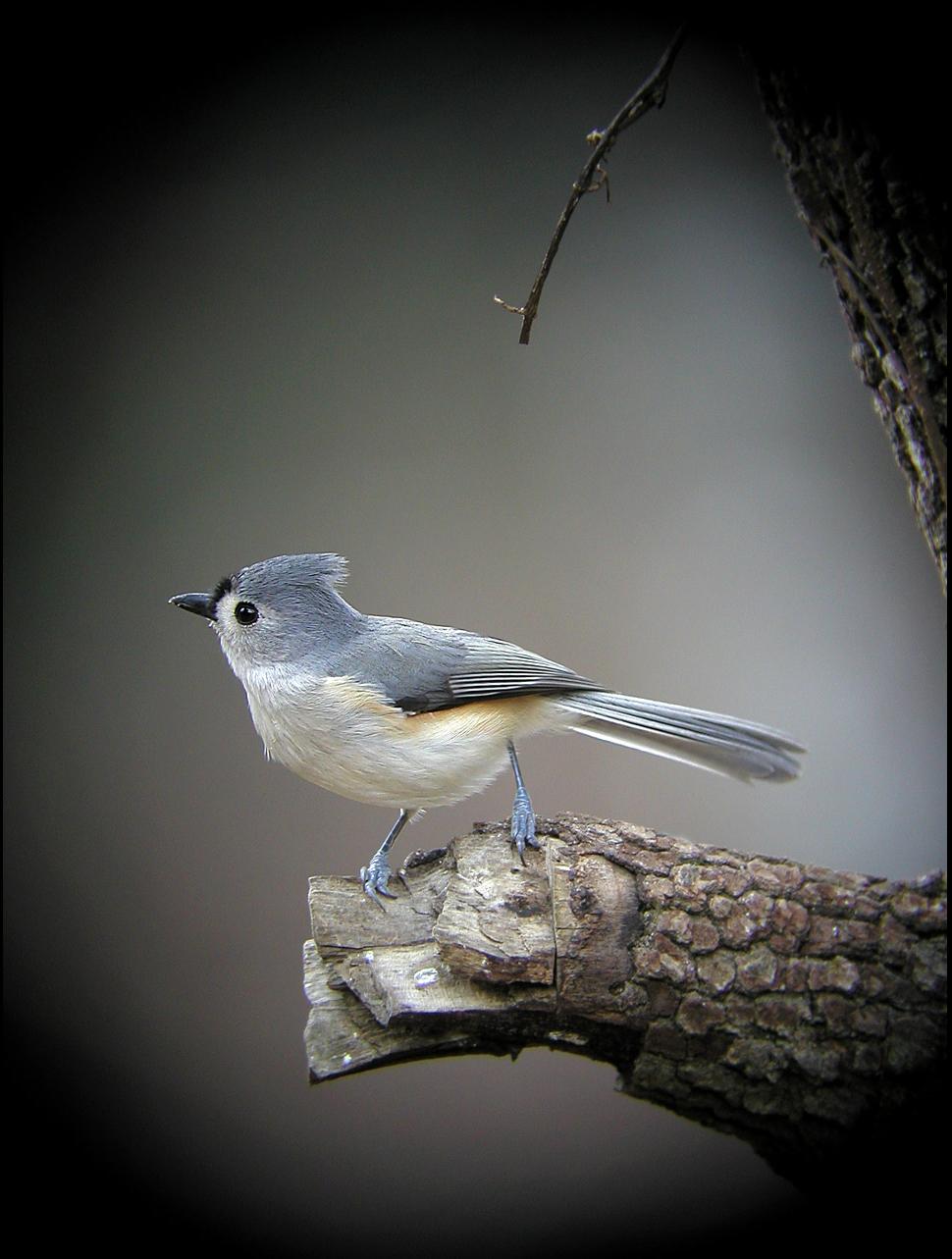How to Identify a Tufted Titmouse Bird

A tufted titmouse bird is a singing bird and is native to North America. It belongs to the tit and chickadee family which in turn, is also known as Paridae. Apart from tufted titmouse birds, there are numerous other bird species which are found in the North American region. However, there are a number of ways in which you can differentiate a tufted titmouse bird from other bird species. Here are some of the factors which can be taken into consideration in order to easily identify a tufted titmouse bird.
Instructions
-
1
Size:
If you were looking at a flock of small birds, the best way to identify a tufted titmouse bird would be to consider the size of the birds. Tufted titmice are fairly large amongst small birds that come to feeders. The head and eyes of a titmouse bird are large. Furthermore, the neck of tufted titmouse bird is thick whereas its body is full. -
2
Shape:
The crest of a tufted titmouse is pointed away from its body. Moreover, a bird with a stout bill would definitely be a tufted titmouse bird. -
3
Colour Pattern:
The lower part of a tufted titmouse is white in colour whereas the upper part is soft silvery gray. Furthermore, rusty or peach coloured patches wash down the flanks of a tufted titmouse bird. Tufted titmice have a snub-nosed look because of a black patch located just above the bill of the bird. -
4
Behaviour:
Tufted titmice make repeated visits to feeders and are often seen flocking with chickadees, nuthatches, and woodpeckers. They are more methodical as compared to chickadees. When making a visit to a feeder, tufted titmice tend to be more assertive over other birds which are smaller in size. Most small birds have an undulating flight. However, the same is not true in case of tufted titmice because the flight of a tufted titmouse tends to be fluttery but level. -
5
Habitat:
Natural habitat is another factor which can be used to identify tufted titmice. They are commonly found in eastern woodlands and make nests at elevation less than 2,000 feet. These birds prefer to make their nests in deciduous and evergreen forests. Because of the fact that tufted titmice are common feeder visitors, they are commonly found in places such as backyards, parks, and orchards.





